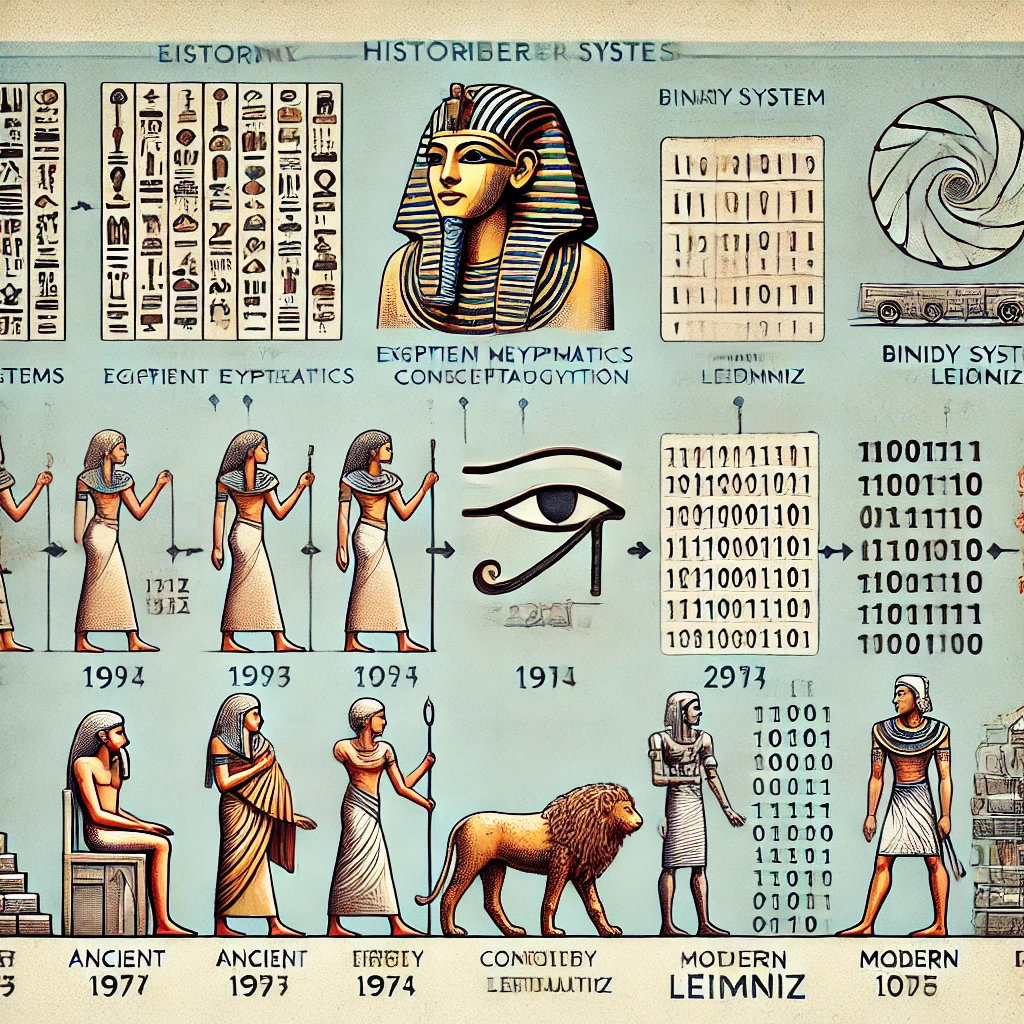
Biosequestration in the digital age
Table of Contents
ToggleBIOSECASTRATION IN THE DIGITAL ERA
By Carlos Zarzalejo
Introduction
Climate change is one of the most urgent challenges facing humanity. Among the multiple strategies to mitigate its effects, biosequestration stands out as a promising solution. Biosequestration, or the capture and storage of carbon through biological processes, has gained attention as a crucial tool for reducing carbon dioxide (CO₂) atmospheric and, therefore, mitigate climate change. This article examines biosequestration in detail, its impact on global temperatures, and how artificial intelligence (AI) can optimize these processes.
Biosequestration refers to the capture and storage of CO₂ in biomass and soils. This process occurs naturally through photosynthesis, where plants absorb CO₂ and convert it into organic matter. Forests, agricultural soils, and marine ecosystems play crucial roles in this process. Also, reforestation, sustainable soil management and algae cultivation are being implemented to increase biosequestration capacity.
Rising CO levels₂ in the atmosphere is a key factor in global warming. According to a study by Le Quéré et al. (2018), biosequestration can significantly reduce CO concentrations₂ atmospheric, helping to stabilize global temperatures. For example, an increase in global forest cover could sequester hundreds of gigatonnes of CO₂ in the coming decades, thus reducing the greenhouse effect (Smith et al., 2016).
Various studies and thinkers have contributed to the understanding and development of biosequestration. According to Pacala and Socolow (2004), implementing large-scale biosequestration strategies is essential to achieve climate change mitigation objectives. They propose using technological “wedges,” where each wedge represents a reduction of one billion tons of carbon per year.
Another influential thinker, Lal (2004), emphasizes the role of soils in biosequestration. Their research shows that improving agricultural practices can significantly increase the carbon storage capacity of soils, thereby contributing to climate change mitigation.
Artificial Intelligence and Biosequestration
Artificial intelligence (AI) offers new opportunities to optimize biosequestration processes. AI can analyze large data sets to identify the most effective areas for reforestation and soil management. According to a study by Rolnick et al. (2019), machine learning algorithms can predict carbon sequestration rates in different vegetation and soil types, improving the planning and implementation of biosequestration projects.
Artificial intelligence (AI) can play a crucial role in improving and expanding these biosequestration techniques and other strategies to reduce atmospheric CO2. Here are some areas where AI could have a significant impact:
1. Optimizing biosequestration: AI can help analyze and optimize soil and agricultural management practices to maximize carbon sequestration, for example, through algorithms that predict the effectiveness of different cultivation techniques in carbon capture.
2. Data monitoring and analysis: AI can process large volumes of environmental data from satellites and ground sensors to monitor the health of forests and other ecosystems that sequester carbon. This can help identify areas where biosequestration could be improved and where carbon pools are being lost.
3. Modeling and simulation: AI can develop predictive models that simulate different carbon management scenarios. These models can help better understand how interventions would affect carbon sequestration and biodiversity, allowing more informed decisions to be made.
4. Automation of reforestation: AI-controlled drones and robots can plant trees on a large scale and in areas that are difficult for humans to reach. This can significantly accelerate efforts to reforestation and restoration of natural ecosystems.
5. Development of new carbon capture technologies: AI can accelerate the research and development of new technologies, known as direct air capture (DAC) technologies, to capture carbon directly from the air. Combined with biosequestration, these technologies could be key to reducing global CO2 levels.
6. Energy systems integration: AI can also help better integrate renewable energy systems into the grid, reducing dependence on fossil fuels and CO2 emissions. This is achieved by optimizing the use and storage of renewable energy and managing energy demand in real-time.
Additionally, AI can assist in continuously monitoring biosequestration projects, providing real-time data on biomass growth and changes in soil carbon content. This allows for quick and efficient adjustments to management strategies (Hamann et al., 2018).
Biosequestration is a vital tool in the fight against climate change, with the potential to significantly reduce CO concentrations₂ atmospheric and stabilize global temperatures. Studies by influential thinkers underscore the importance of implementing these strategies on a large scale. Furthermore, artificial intelligence offers new opportunities to optimize these processes, making biosequestration more effective and efficient. As technology advances, it is crucial to continue exploring and expanding these strategies to ensure a sustainable future.
The AI has the potential to be a powerful tool in the fight against climate change, particularly in the implementation and improvement of CO2 reduction strategies, such as biosequestration. The combination of technological innovation and sustainable practices could be the key to mitigating the effects of global warming.

Paul Hawken
Put the carbn back to earth
Global warming is a critical issue that requires innovative and multifaceted solutions. One of the most discussed strategies to combat climate change is reducing CO2 levels in the atmosphere. Paul Hawken, a renowned environmentalist, has explored this topic extensively in his work, especially in biosequestration, which involves capturing and storing carbon in plant biomass and soils through natural processes.
Climate change and the urgent need for sustainable solutions have led several leaders and thinkers to propose various strategies. One of the most prominent is Paul Hawken, an environmental activist, entrepreneur, and author who has dedicated much of his career to promoting sustainable practices and innovative climate solutions. This essay explores Hawken's experience, his contributions to biosequestration, and how his efforts at environmental summits have helped put carbon back into the land.
Paul Hawken is known for his holistic and practical approach to addressing environmental issues. His career spans several decades, during which he has founded and led multiple green companies and written influential books such as “The Ecology of Commerce” and “Drawdown.” In “Drawdown,” Hawken and his team presented 100 viable solutions to reverse climate change based on extensive research and empirical data.
Hawken has been a tireless advocate for sustainability and has promoted business practices that reduce environmental impact and regenerate ecosystems. Its approach goes beyond simply reducing emissions; it focuses on regenerating natural systems that have been degraded.
One of the key areas Hawken has worked on is biosequestration, which involves capturing and storing carbon in biomass and soils. This practice is essential to reduce CO levels₂ in the atmosphere and mitigate global warming. Hawken has championed biosequestration as a comprehensive solution that not only addresses climate change, but also improves soil health, increases biodiversity, and promotes ecosystem resilience.
In his writings and presentations, Hawken has emphasized that restoring natural ecosystems and sustainable land management can sequester enormous amounts of carbon. For example, regenerative agricultural practices such as using cover crops, crop rotation, and composting can significantly increase carbon content in the soil, which not only helps mitigate climate change but also improves agricultural productivity. and soil health (Hawken, 2017).
Paul Hawken has actively participated in various environmental summits and conferences, where he has shared his vision and strategies to address climate change. At events such as the United Nations Conference of the Parties (COP), Hawken has presented his ideas on how biosequestration and other sustainable solutions can be implemented globally.
At COP21 in Paris, Hawken highlighted the importance of biosequestration in the global climate agreement, arguing that efforts to reduce emissions must be accompanied by strategies to extract carbon from the atmosphere and store it on land. His proposals include reforestation, wetland restoration, and regenerative agriculture, all of which sequester carbon and provide additional benefits such as improving water quality and biodiversity (UNFCCC, 2015).
Hawken's work has been instrumental in putting biosequestration at the center of the climate discussion. His integrative and evidence-based approach has shown that it is possible to achieve a significant impact on climate change by implementing sustainable practices on a large scale.
Additionally, Hawken has highlighted how artificial intelligence (AI) can enhance these efforts. AI can optimize natural resource management by analyzing large volumes of data to identify best practices and predict the results of various biosequestration strategies. This technology can also improve the monitoring and evaluating carbon sequestration projects, ensuring that objectives are achieved efficiently and effectively (Rolnick et al., 2019).
Paul Hawken has been a pioneer in promoting sustainable solutions to climate change. His focus on biosequestration and his active participation in environmental summits have contributed significantly to the adoption of practices that not only mitigate climate change but also regenerate natural ecosystems. With the support of advanced technologies such as artificial intelligence, biosequestration strategies can be even more effective, offering a promising path toward a more sustainable future.
Sources
– Le Quéré, C., et al. (2018). Global Carbon Budget 2018. Earth System Science Data, 10, 2141-2194.
– Smith, P., et al. (2016). Biophysical and economic limits to negative CO₂ emissions. Nature Climate Change, 6, 42-50.
– Pacala, S., & Socolow, R. (2004). Stabilization wedges: solving the climate problem for the next 50 years with current technologies. Science, 305(5686), 968-972.
– Lal, R. (2004). Soil carbon sequestration impacts on global climate change and food security. Science, 304(5677), 1623-1627.
– Rolnick, D., et al. (2019). Tackling Climate Change with Machine Learning. arXiv preprint arXiv:1906.05433.
– Hamann, M., et al. (2018). AI for Earth System Science: Theories, Observations, and Models. Annual Review of Environment and Resources, 43, 71-103.
– Hawken, P. (2017). Drawdown: The Most Comprehensive Plan Ever Proposed to Reverse Global Warming. Penguin Books.
– United Nations Framework Convention on Climate Change (UNFCCC). (2015). The Paris Agreement. Retrieved from [UNFCCC](https://unfccc.int/process-and-meetings/the-paris-agreement/the-paris-agreement)
– Rolnick, D., et al. (2019). Tackling Climate Change with Machine Learning. arXiv preprint arXiv:1906.05433.



